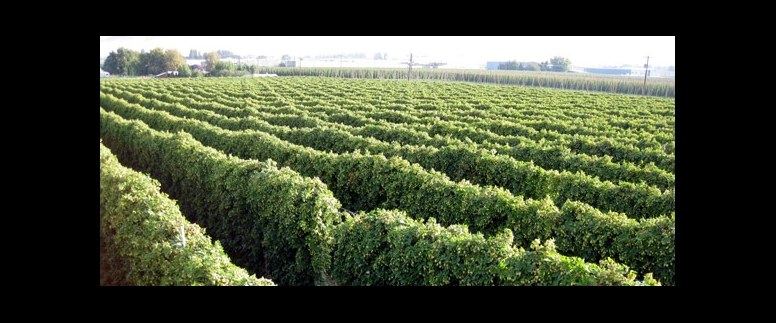
Way back in the 19th century, New Hampshire was one of the largest hop producers in the United States.
Things have changed over time. Who grows the most hops now?
The current North American Commercial Hop Production stats show:
Washington - 32,205 acres (70.8%)
Oregon - 6,807 acres (15%)
Idaho - 4,975 acres (10.9%)
All Other States - 1,244 acres (2.7%)
Canada - 257 acres (0.6%)
Total - 45,488 acres
Yes, the Pacific Northwest grows about 97% of all hops in the nation. However, those crafty craft beer folks are always on the lookout for new trends, often found in history. There is actually a New Hampshire Brewery Map and it shows that the state’s craft beer industry is booming.
The new map, published for the first time in 2014, featured 24 breweries. In just two years nearly 30 more need to be added. And with a combined value of $359 million, it’s no small dog in terms of contribution to the state’s economy—and there’s still room to grow.
With new educational opportunities for brewers, including a new brewing minor at the University of New Hampshire and a certificate program on “The Business of Beer” through UNH Professional Development & Training, New Hampshire is poised to attract even more brewers to the state.
Historically, throughout the 1800s, New Hampshire was one of the largest hop producers in the United States. And then came Prohibition. By 1930, the end of Prohibition, however, much of the hop industry had moved across the continent to the Pacific Northwest. Due to advances that made larger-scale farming possible and the decimation of the Eastern crops by a disease known as downy mildew, the north east never recovered.
However, with the significant growth of the craft beer industry within the Granite State over the last two years, combined with an increasing demand for beer made with locally-sourced ingredients, the time may finally be right for New Hampshire growers interested in hop farming.
A study by the University of Vermont Extension on the commercial feasibility of local hops reported that 94 percent of brewers surveyed were interested in purchasing New England hops. The study also concluded that all the basic elements — demand, price elasticity, information, technology — exist to support small-scale commercial hop production and that New England’s climate and growing conditions were well-suited to the task.
As a result, their UVM Extension Northwest Crops and Soils Team is developing an outreach and applied research program for hops to support New England’s growing craft beer industry and the demand for locally sourced ingredients.

However, there are high startup costs, due in part to the fact that hop vines require tall trellises. This can also be prohibitive, especially when there isn’t an established market. The nature of the crop means it’s something you can’t get into casually.
Then there’s the question about growers’ ability to consistently yield a high-quality crop. In order for brewers to use more local hops and other ingredients, growers need to meet industry standards — something many hop growers in New England haven’t yet done.
The result is that, at least for now, the majority of the beers coming out of the region will continue to source their ingredients from outside. That’s not to say the desire to source locally isn’t there.
Despite a market for local hops that has yet to take off, by any other measure the beer industry in New Hampshire is flourishing. Schaier sees the New Hampshire beer market continuing to grow and offer more higher-value, premium beers. And that may mean that a vibrant New Hampshire hop industry isn’t far behind.




